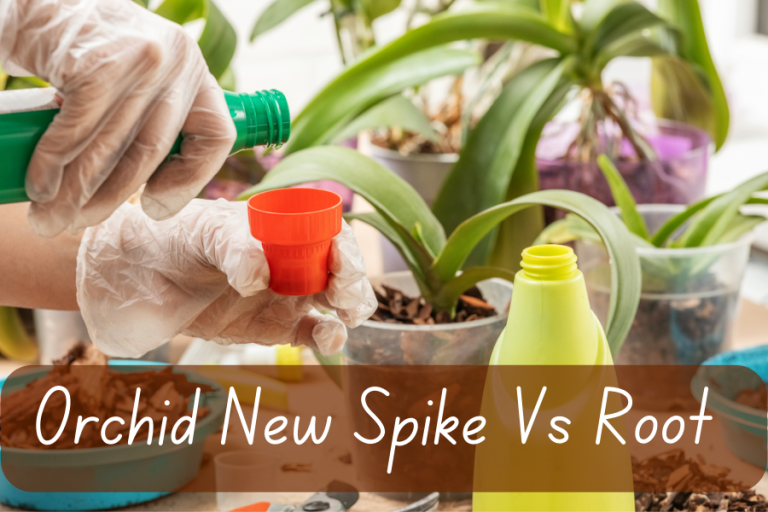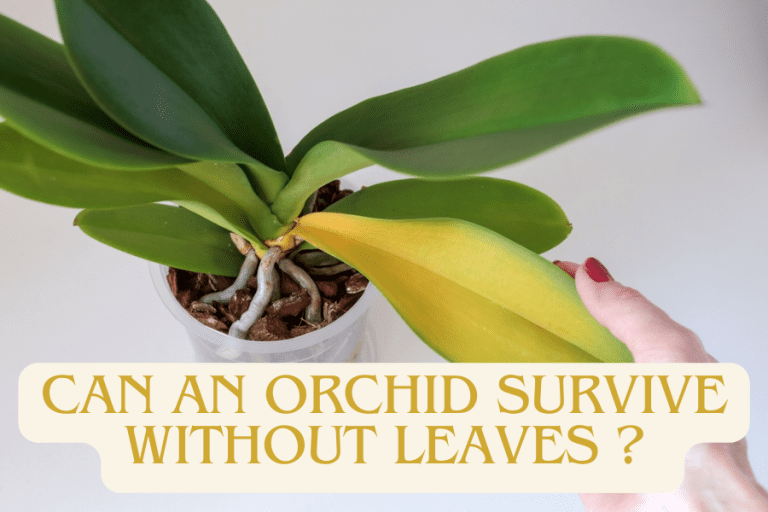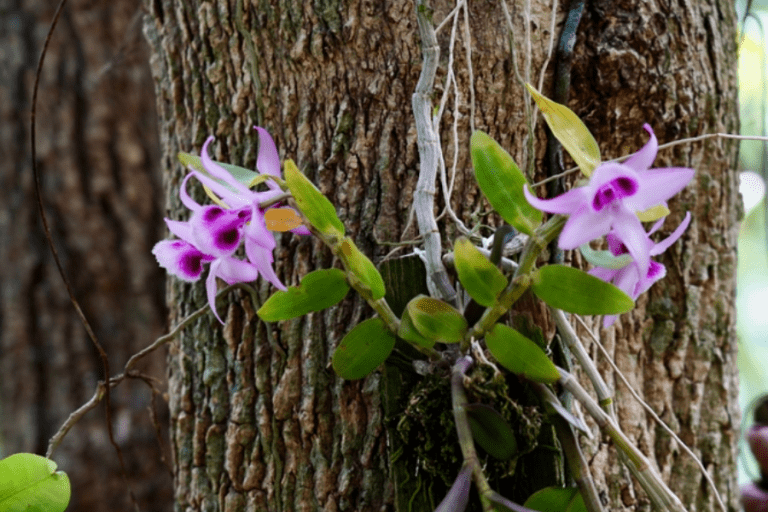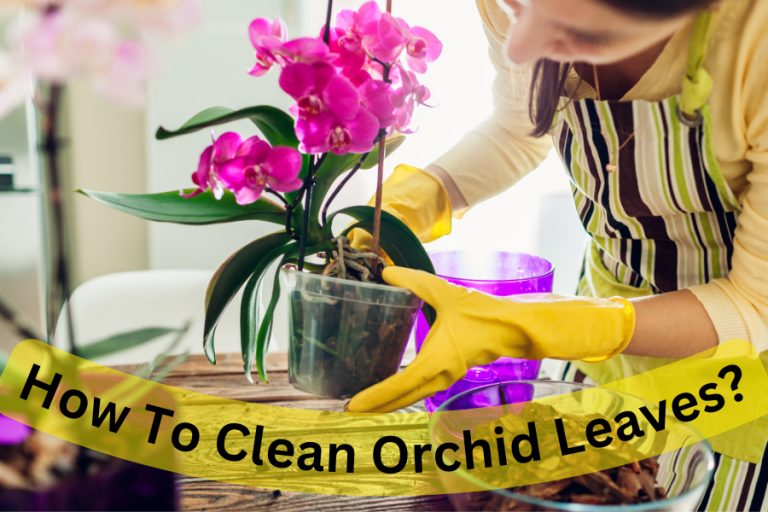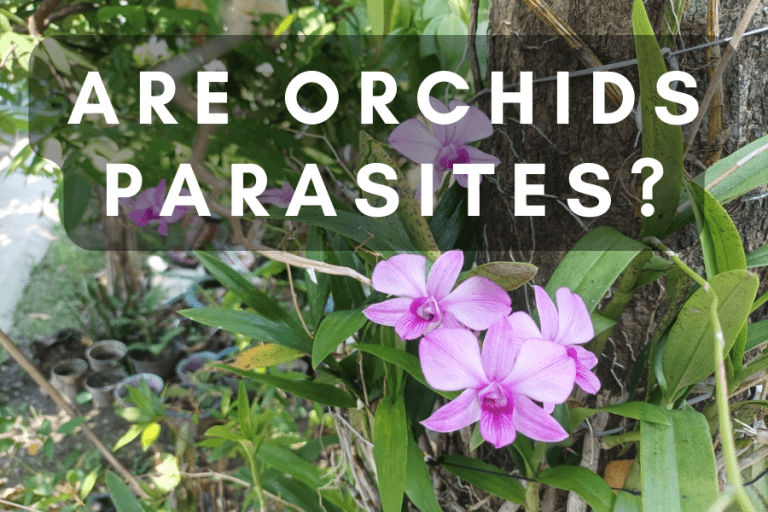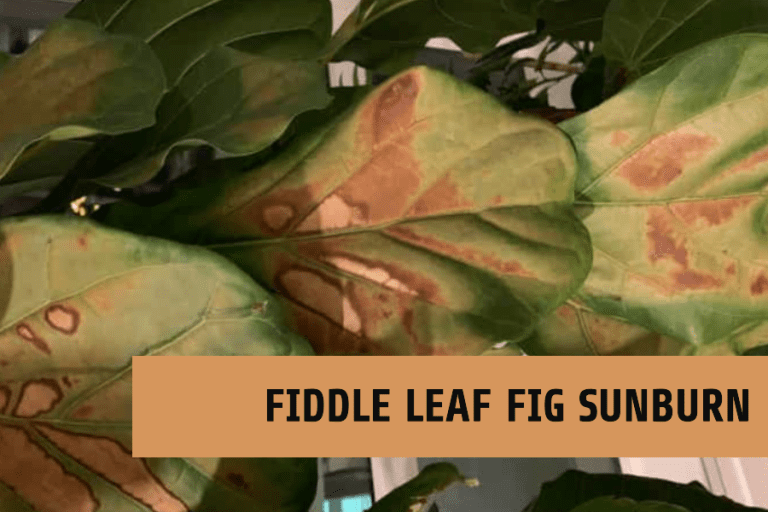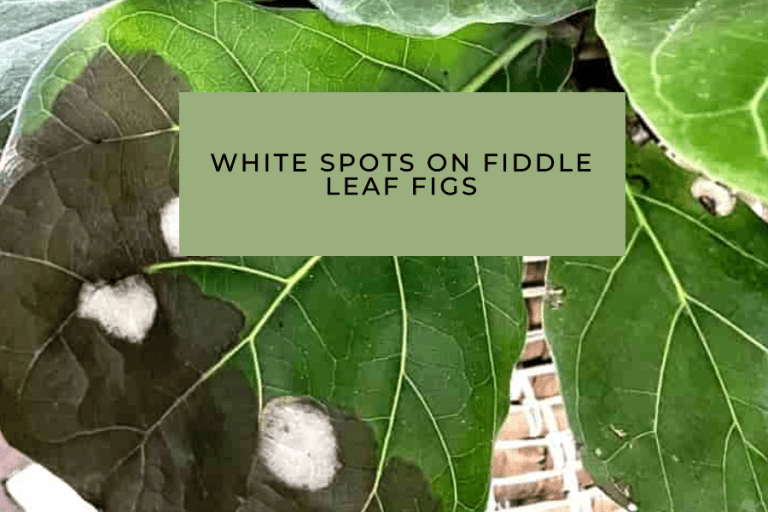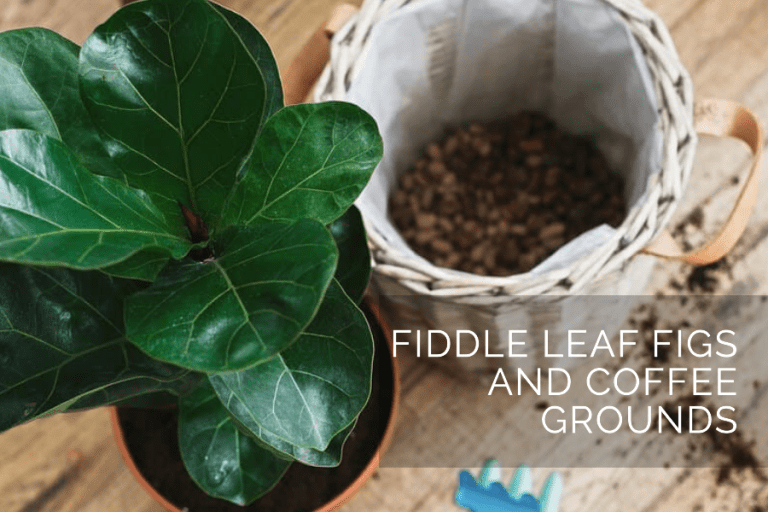Fiddle leaf fig propagation: Easy guide for you!
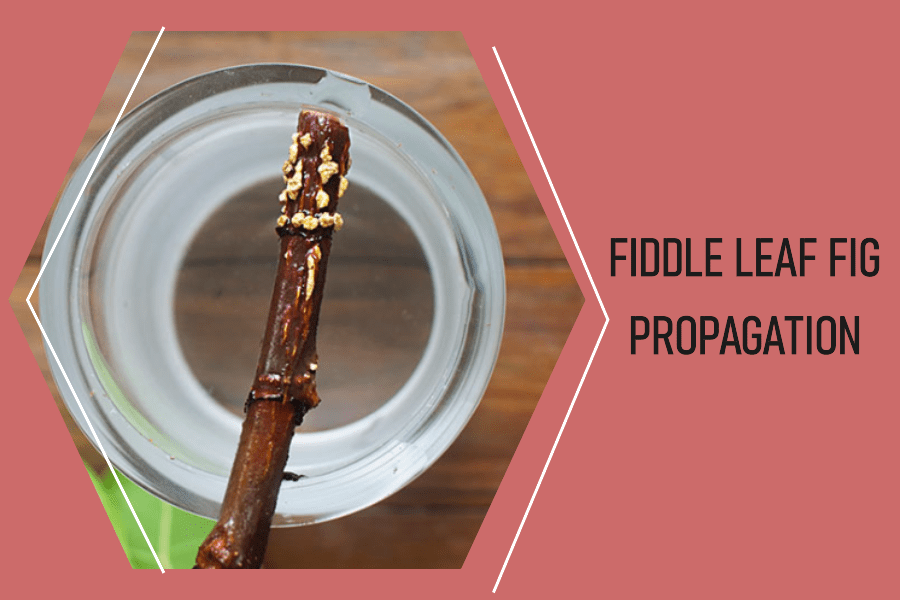
Fiddle leaf figs are popular houseplants with green foliage. Similar to most other houseplants, you can also propagate fiddle leaf figs.
Fiddle leaf fig propagation won’t be too difficult. However, it is better to consult our guide to avoid causing unfortunate problems in the process. Let’s get started!
Why should you propagate your fiddle leaf fig?
The fiddle leaf fig has many advantages for your life, such as excellent decoration value, support for air purification, effectiveness in decreasing stress, better sleep, improved attention,…
In addition, this plant is ideal for propagation, due to their speedy development and durability. It enables you to adorn your home with even more stunning greenery and revitalise older plants.
When should you start propagating your fiddle leaf fig?
You should propagate your Fiddle leaf figs in the spring
In fact, you can propagate your fiddle leaf fig tree at any time. However, we recommend that you consider propagating this plant in the spring. In the spring, the plants will absorb nutrients more vigorously and grow faster, which is beneficial for both the original and new plants.
How can you propagate fiddle leaf fig?
Step by step to propagate Fiddle leaf figs
Propagating the fiddle leaf fig tree will not be too difficult. However, you should follow our instructions below. There are 4 easy steps for you to follow.
Step 1
As a first step, you need to prepare your propagation container. You need to prepare clean containers, just the right size to plant new plants.
The water you use should not contain chlorine. If you use tap water, it’s a good idea to let it sit overnight before using it, this will help the chlorine evaporate and leave you with clean water.
Step 2
Step 2 is to cut a stem, you can choose the stem with 2 or 3 leaves. You should mark the first cut about 2 inches below the first leaf. Your new plant will grow a short stem and an adequate number of leaves as a result.
Pick a handful of your plant’s healthiest leaves to use as your cutting. If you cut them, don’t worry; they will grow back. Your cutting should be taken with a clean, sharp tool and dropped into water right away.
Step 3
Keep an eye on your root system every few days to ensure it has adequate water and light by placing it in a well-lit area away from direct sunlight.
If the water appears cloudy or muddy, replace it with fresh, chlorine-free water at room temperature.
Step 4
Your cutting typically takes one month to form roots. After around three weeks, you can see the roots growing at the base of the plant. Until you’re prepared to replant, let them grow for another week or so.
The last step is to place your freshly rooted cutting in moist soil. For the first 1-2 months, you should keep the soil consistently moist to encourage the roots to grow.
Conclusion
It may take several months for you to get new plants from propagating and growing fiddle leaf fig plants. However, every wait will be worth it if this is how you beautify your home.

